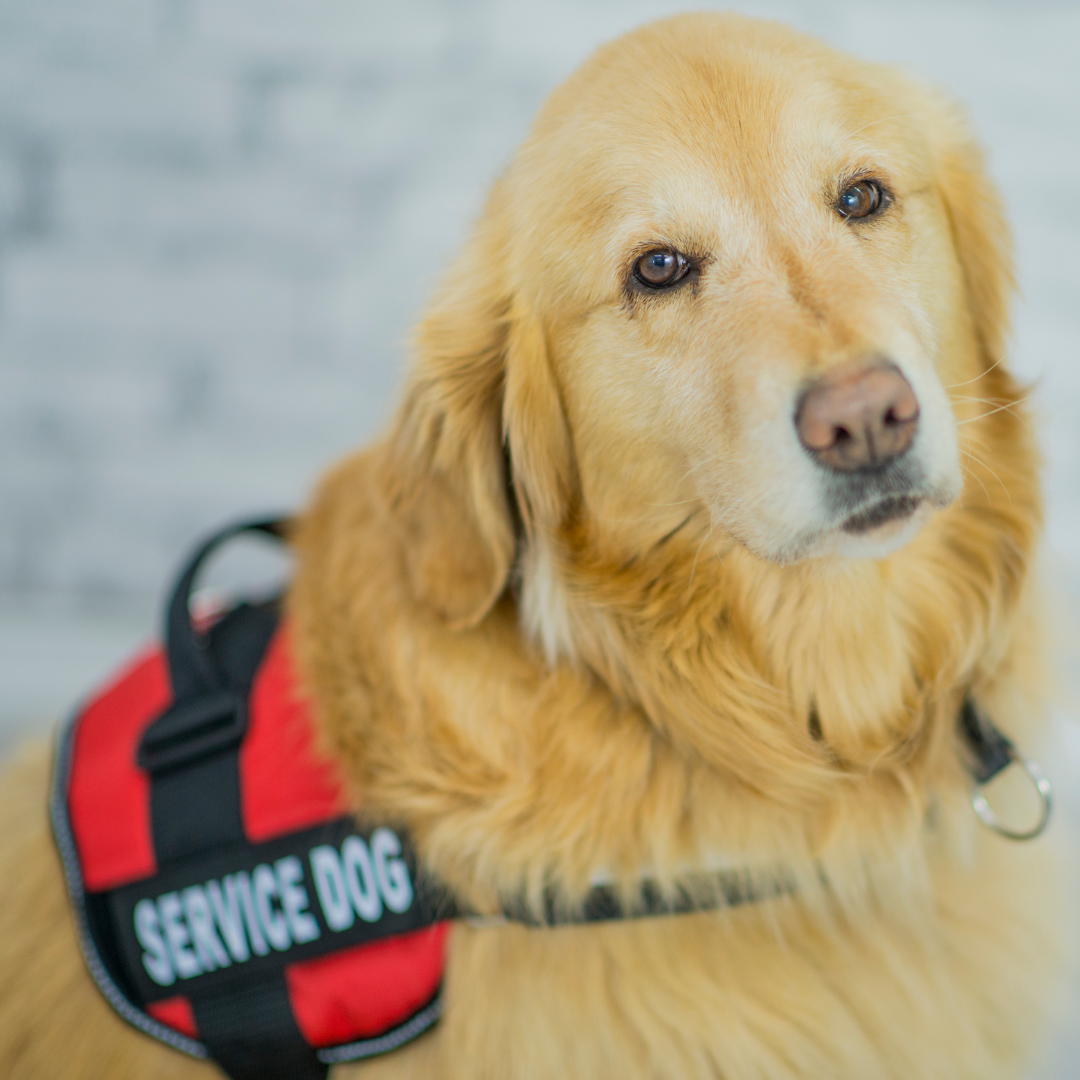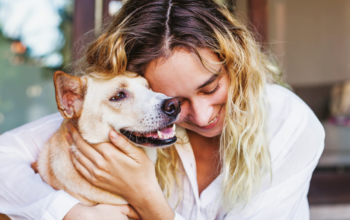Service dogs are everywhere these days. They’re on the street, in restaurants, and on public transportation. We might even have one of our own that we take to work daily. Service dogs are highly trained animals that help people with disabilities like hearing loss, vision impairment, mobility issues, and psychiatric disabilities. They can recognise when their owner needs assistance and will alert them appropriately by nudging them or barking at them if necessary. A service dog is not a pet, so it’s essential to know the difference.
What is a Service Dog?
Service dogs are specially trained to assist people with disabilities. These dogs can perform various tasks, such as retrieving items, providing balance support, and opening doors. To be eligible for a service dog, an individual must have a disability that significantly impacts daily life. Service dogs can help people with physical disabilities, sensory impairments, mental health conditions, and more.
Service dogs undergo rigorous training to safely and effectively perform their duties. For example, they must maintain calm in public places and respond appropriately to commands. Individuals who use service dogs typically form strong bonds with their furry companions. These relationships can provide invaluable emotional support and improve quality of life.
The Role of a Service Dog
As anyone who has seen a service dog in action knows, these furry companions provide invaluable assistance to their human partners. But what, exactly, is the role of a service dog?
Service dogs are specially trained to perform tasks that help their disabled owners live more independently. Common tasks include:
- Retrieving fallen objects.
- Opening doors.
- Turning light switches on and off.
- Providing physical support for walking or standing.
In addition to performing practical tasks, service dogs provide emotional support for their owners. For many people with disabilities, a service dog is a constant companion and source of comfort. It’s essential to research and choose an animal that is well-suited to the task. Not all dogs have the temperament or training necessary to be successful service dogs. But if we find the right partner, we will enjoy all the benefits of having our furry helper!
Types of Service Dogs
There are three types of service dogs: guide dogs, hearing dogs, and assistance dogs.
Guide Dogs
A guide dog is a specially trained dog that helps people who are blind or have low vision. The dog is matched with the person and works as their partner. Guide dogs are trained to be calm and patient and to walk in a straight line. They help their person avoid obstacles, stay safe, and get around independently.
Hearing Dogs
A hearing dog is a specially trained dog that helps people who are deaf or hard of hearing. The dog is matched with the person and works as their partner. Hearing dogs are trained to alert their person to familiar sounds like doorbells, phones, smoke alarms, and timers. They also help their person stay connected to what’s happening around them and navigate safely in the world.
Assistance Dogs
An assistance dog is a specially trained dog that helps people with other disabilities, such as epilepsy, diabetes, autism spectrum disorder, cerebral palsy, and many other disabilities. Assistance dogs can perform many tasks to help their person live independently, such as opening doors, picking up dropped items, and turning lights on/off. They also provide balance support when walking, standing up from a chair/couch/bed, etc., and even fetching medication from another room.
How to Get a Service Dog?
There are a few different ways that we can get a service dog. The most common way is to go through an organisation that trains and provides service dogs. Many organisations across the country provide service dogs, so it is essential to research to find one that is reputable and a good fit for our needs.
Another way to get a service dog is to train one ourselves. This option is often more expensive and time-consuming. Still, it can be an excellent option for people with specific needs or preferences for their service dog.
Finally, we can also adopt a service dog from another family or individual. This option can be cheaper and provide a trained dog more quickly. Still, it is vital to ensure that the dog is a good fit for our family and lifestyle before making this commitment.
Best Ways to Treat a New Service Dog
As new service dog owners, we may wonder about the best ways to treat our new furry friend. Here are some tips to get us started:
- Give our service dog plenty of love and attention. They have been through a lot and deserve it!
- Make sure to keep up with their training. This will help them be the best service dog they can be.
- Create a routine for them and stick to it as much as possible. This will help them feel comfortable and secure in their new environment.
- Be patient with them as they adjust to their new life with us. It may take some time for them to settle in truly, but eventually, they will!
The Greatest Act of Kindness is Being in Service to Others
Service dogs are a fantastic asset to those in need, but we should know a few things before getting one. First and foremost, service dogs undergo extensive training to perform specific tasks for their owners. Secondly, service dogs are protected under the Americans with Disabilities Act (ADA), which means they have the same rights as any other person with a disability. And finally, service dogs can provide invaluable assistance and companionship to their owners – making them an essential part of many people’s lives.




